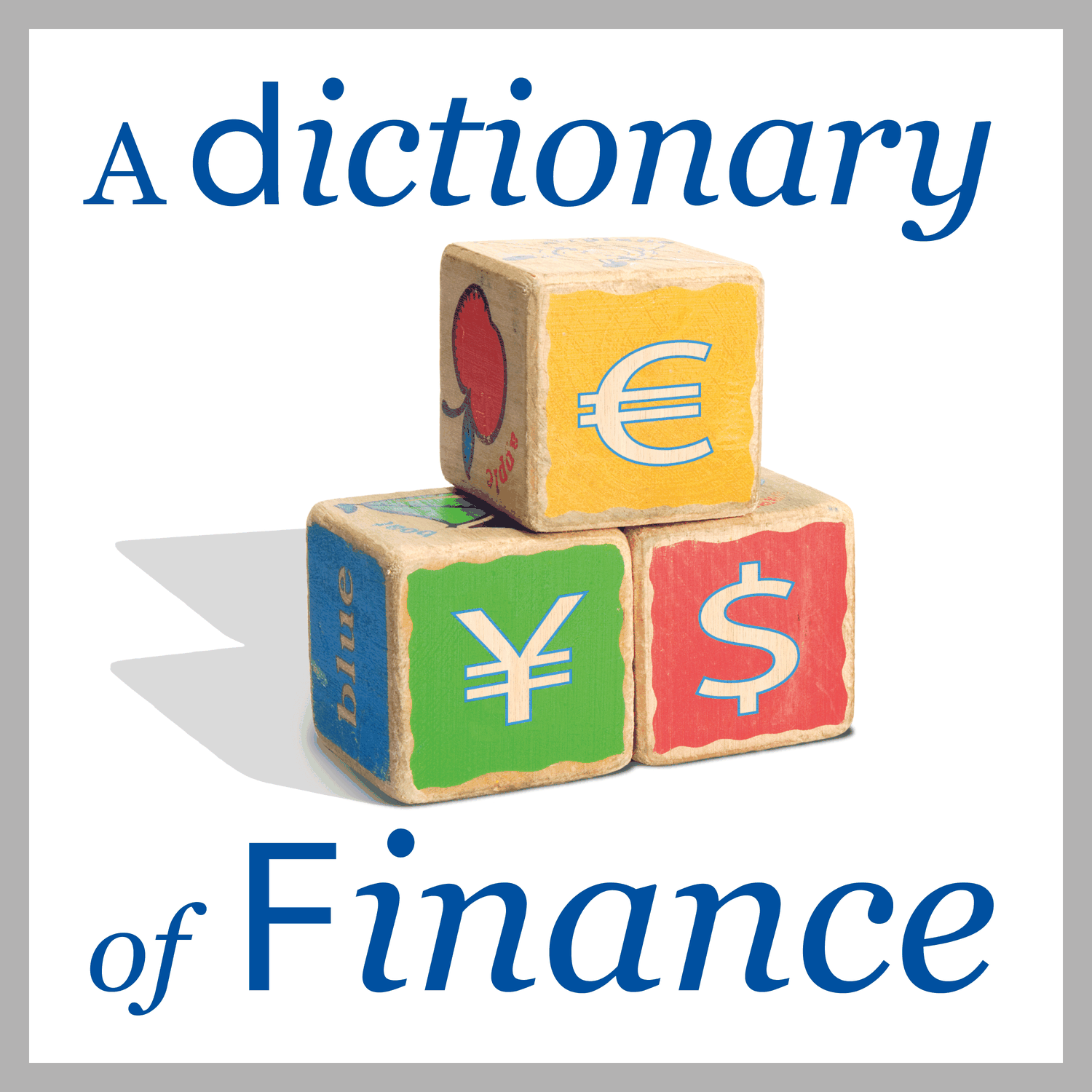Economic Models: A bit like Lego...
Description
We asked two experts, How do economists use economic models? The answer: to project current data into the future. Lots and lots of data.
Economic models help economists understand how things work by reflecting things that can’t be observed directly and by projecting forward
Natacha Valla and Georg Weiers came on the podcast to talk about how economists use models—as well as to give us specific examples of how the European Investment Bank used a model to figure out the impact of the billions of euros it lends each year.
Economic models are “a little bit like Lego,” says Georg, a senior economist at the EU bank. “Each model includes certain elements and components and behavioural assumptions and economic equations. You’re not reinventing the wheel each time. You’re adapting the wheel to the circumstances you need it for.”
Natacha, head of policy and strategy in the Bank’s economics department, says that “economists need to simplify the world. A model is a way to simplify things.”
How? One way, she says, is to “use the regularities of the past to infer what will happen in the future.” In other words, you can count how many people are unemployed now, for example. But you’ll need a model to estimate how many will be unemployed next year.
When Georg was asked to model the future impact of the EIB’s lending, he turned to a model called RHOMOLO. With his computer solving 1.1 million equations simultaneously, he got that job done. Here’s what he found out.
By 2020, the EIB Group’s loans approved under the Investment Plan for Europe before the end of 2016 will:
support EUR 161 billion of investment add 0.7 percent to EU GDP add 690,000 jobs By 2020, overall investment approved by the EIB Group within the EU in 2015-2016:
support EUR 544 billion of investment add 2.3 percent to GDP add 2.25 million jobs Lucky he didn't have to do that in his head.
More Episodes
What do you do when an economy is struggling? If you’re a policymaker, a politician, or a central banker, you develop a stimulus package. That’s the term we examine in today’s episode. It’s the inside story of one of the biggest stimulus packages in history, to find out how it was set up, how it...
Published 11/16/20
Published 11/16/20
When we speak of the virtual world and storing things in ‘the cloud’, we seldom stop to realize that our digital climate impact is not virtual at all
Many people see digitalisation as this magical pixie dust that Tinker Bell sprinkles on old industries to make them all environmentally...
Published 01/07/20


